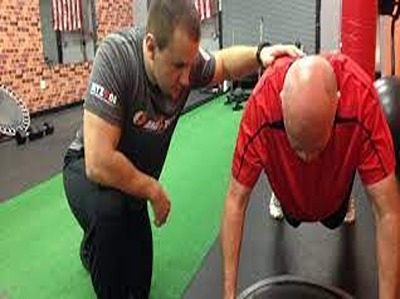Rest and recovery are crucial components of any fitness and wellness program. They play a significant role in helping the body adapt to physical activity, preventing injuries, and ensuring long-term health and fitness. Here’s a deeper look at rest and recovery:
- Physical Rest: Physical rest refers to giving your body a break from intense physical activities. When you exercise, especially with strength training or high-intensity workouts, you create microscopic tears in your muscles. These tears need time to repair and grow stronger, which is how your muscles adapt and become more resilient. Rest days allow this repair process to occur.
- Active Recovery: Active recovery involves performing low-intensity exercises or activities that are less demanding on your muscles and cardiovascular system. This can help increase blood flow to the muscles, reduce muscle soreness, and promote recovery without putting excessive strain on the body. Activities like walking, swimming, or gentle yoga can be beneficial for active recovery.
- Sleep: Quality sleep is one of the most critical aspects of recovery. During sleep, the body undergoes various restorative processes, including muscle and tissue repair, hormone regulation, and memory consolidation. Aim for 7-9 hours of quality sleep each night to support your recovery and overall well-being.
- Nutrition: Proper nutrition is essential for recovery. After a workout, your body needs nutrients to replenish glycogen stores, repair muscles, and rehydrate. Consuming a balanced meal or snack with a combination of carbohydrates, protein, and healthy fats within a couple of hours post-exercise can enhance recovery.
- Hydration: Staying adequately hydrated is crucial for recovery as it helps transport nutrients to muscles, removes waste products, and regulates body temperature. Dehydration can impede the recovery process and increase the risk of muscle cramps and injuries.
- Stretching and Mobility Work: Gentle stretching and mobility exercises can improve flexibility and reduce muscle tightness, aiding in recovery. Stretching can help alleviate post-exercise muscle soreness and improve range of motion.
- Self-Care and Stress Management: Mental and emotional rest are equally important. Managing stress and incorporating relaxation techniques like meditation, deep breathing, or mindfulness can support overall well-being and promote recovery.
- Foam Rolling and Massage: Foam rolling and massage can help alleviate muscle tension and improve blood circulation, which can aid in recovery and reduce muscle soreness.
- Periodization: In structured training programs, incorporating rest weeks or deload phases is essential. These planned periods of reduced training intensity and volume allow the body to recover and prevent overtraining.
- Listen to Your Body: Pay attention to your body’s signals. If you’re feeling fatigued, excessively sore, or have lingering injuries or pain, it’s crucial to give your body the rest it needs. Pushing through pain or overtraining can lead to injuries and hinder your progress.
Remember that the optimal amount of rest and recovery can vary from person to person and depends on factors like the intensity and frequency of your workouts, your fitness level, age, and overall health. It’s essential to listen to your body, adapt your recovery strategies as needed, and consult with a healthcare professional or fitness expert if you have specific concerns or questions about your recovery plan. Proper rest and recovery are key to long-term fitness success and overall health.




